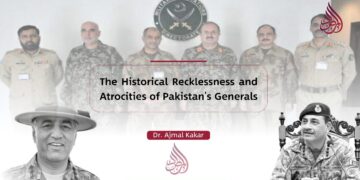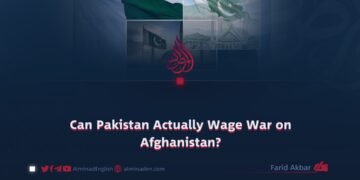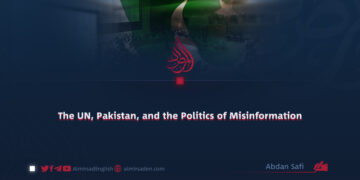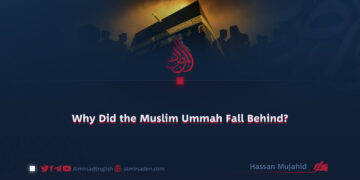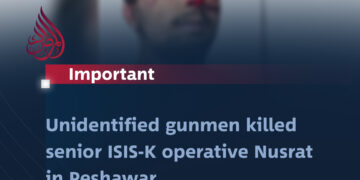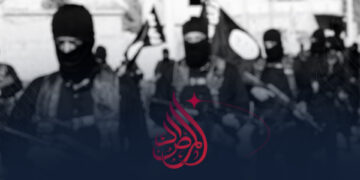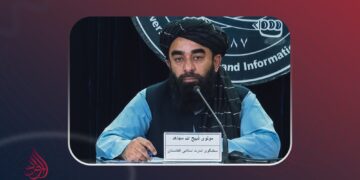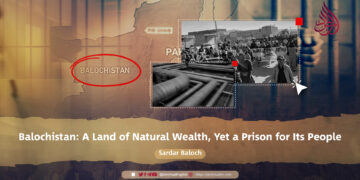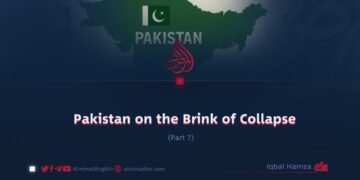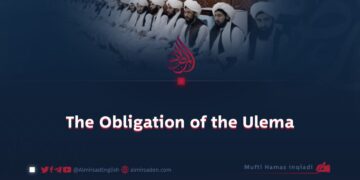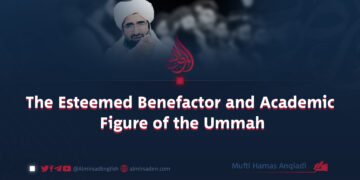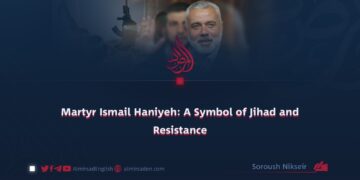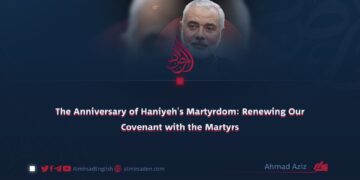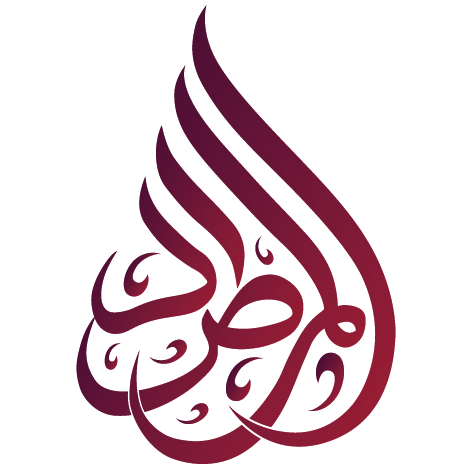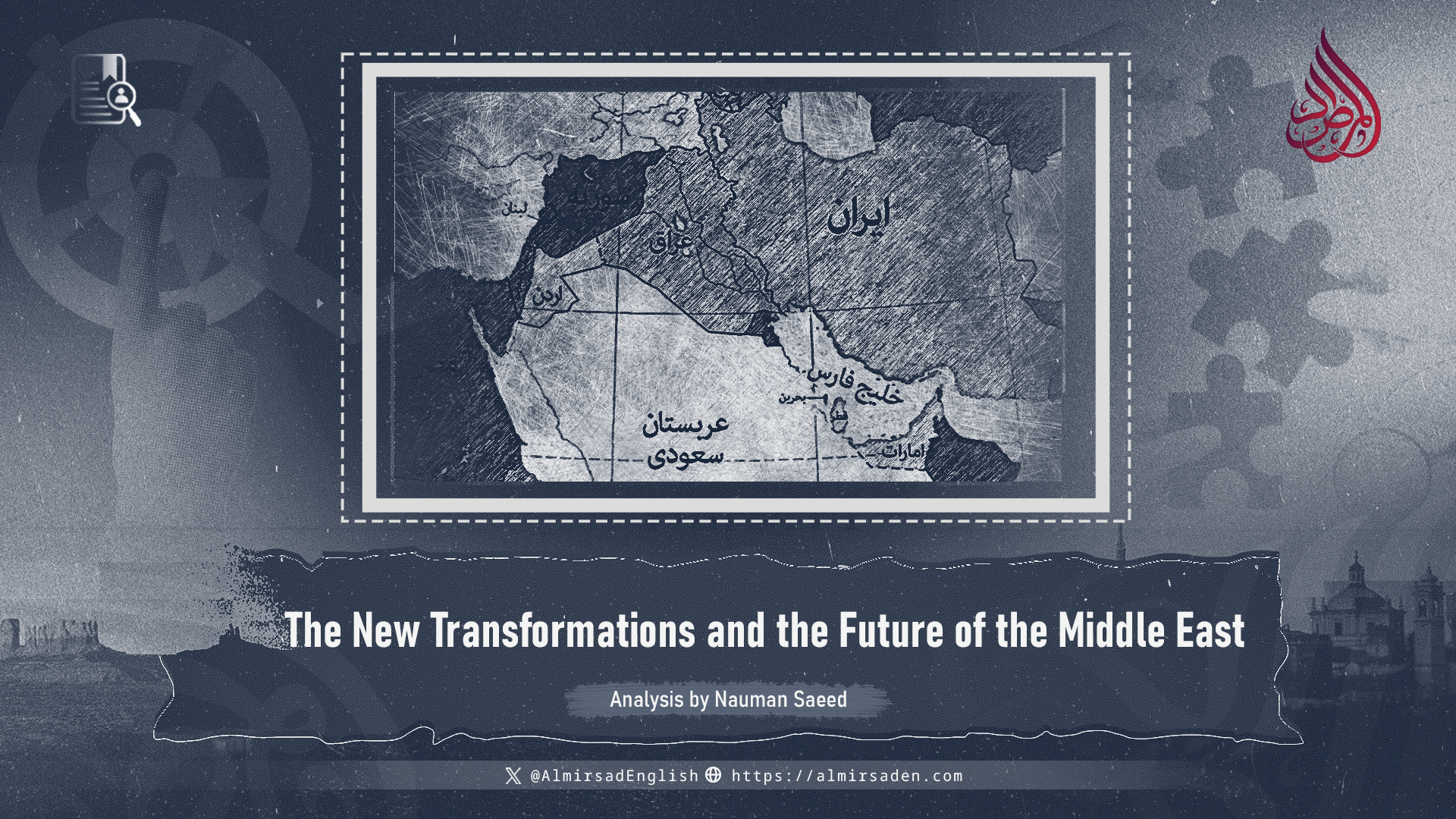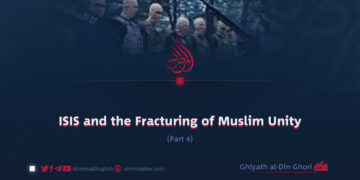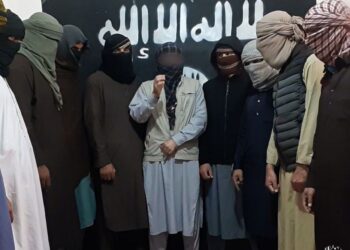Analysis by Nauman Saeed
The Middle East is standing at the brink of profound change, one that goes far beyond familiar conflicts and the old patterns of rivalry. Across television screens, policy forums, and diplomatic tables, a new term has entered the region’s political vocabulary: “shared sovereignty.” It is not merely a passing phrase but the outline of an emerging worldview that may redefine how power is distributed across the region.
According to this concept, the Middle East is gradually moving toward a new regional order in which the major powers, including Saudi Arabia, the United Arab Emirates, Turkey, Iran, and Egypt, would collectively manage regional affairs. This framework would operate with the political and economic backing of Russia and China, while Israel would be integrated not as a dominant force but as a secondary participant within the new arrangement.
Yet, several questions remain. Is this vision realistic? What forces support it, and what obstacles threaten to derail it? Above all, how can the Muslim world ensure that it is not merely a passive recipient of external decisions but an active architect of its own destiny?
The Foundations of the Emerging Order
Is the Middle East Moving Toward a New Order?
Supporters of the “shared sovereignty” idea point to several signs suggesting that the region is heading toward a new balance of power.
1. The rapprochement among regional rivals
In recent years, the Middle East has witnessed unexpected diplomatic openings such as the Saudi-Iranian rapprochement mediated by China and the quiet improvement in relations between Turkey and Egypt. These moves reveal a growing willingness to reduce friction and explore shared strategic interests.
2. The decline of American dominance
Washington’s gradual withdrawal from direct involvement in regional affairs and its strategic pivot toward China and Russia have created space for regional powers to realign priorities and form their own alliances.
3. The expanding role of Russia and China
Through initiatives such as BRICS and the Belt and Road, Moscow and Beijing are building new economic and security structures that challenge decades of Western-centered order and signal the rise of a multipolar Middle East.
4. The surge in economic and security cooperation
Projects like the proposed India–Middle East–Europe Economic Corridor (IMEC) reinforce the idea of a shared regional architecture, where economic integration becomes a means to political stability.
5. Israel’s attempt to reposition itself
Israel’s continuing harsh military offensives, territorial expansion in the Golan Heights, and efforts to strengthen its influence within parts of Syria suggest that it senses a shifting landscape. The state appears determined to impose new facts on the ground before being compelled to adjust to a regional order less favorable to its dominance.
Barriers and Challenges
Despite these developments, the path to a new regional order is far from smooth. A range of structural and political challenges threaten to undermine the vision.
7. Geopolitical Rivalries Among Regional Powers
Despite overlapping interests, deep-seated rivalries persist between Iran and Saudi Arabia, as well as between Turkey and Egypt. These tensions remain unresolved at their core and continue to play out through proxy confrontations across Syria, Yemen, Libya, Iraq, and Sudan, as each state seeks to advance its own strategic objectives.
2. Absence of a unified regional framework
No formal institution yet exists to coordinate cooperation among these states, nothing comparable to the European Union’s structured model. Even BRICS, despite its broad membership, remains a loose and decentralized alliance.
3. The persistence of Western influence
While U.S. authority has weakened, Washington still retains formidable leverage through its military bases, economic partnerships, and diplomatic channels, assets capable of obstructing any order that sidelines the Western system.
4. Israel’s Position
It is difficult to envision Israel shifting from a dominant regional power to a subordinate role, as it would strongly resist any system that threatens to diminish its strategic influence.
5. Internal vulnerabilities
Most of the region’s major states face significant domestic challenges, from economic crises to political instability, that limit their capacity to sustain leadership or shape a durable regional vision.
How the Muslim World Can Respond
Whether “shared sovereignty” becomes reality or remains a theoretical construct, the crucial question is how the Muslim Ummah can engage these transformations strategically rather than reactively. Several priorities stand out:
1. Cultivating strategic awareness
The Ummah cannot navigate these changes without deep geopolitical insight. Building research institutions, policy think tanks, and educational frameworks focused on regional power dynamics is essential.
2. Strengthening economic cooperation
Rather than waiting for outcomes shaped by others, Muslim-majority countries should pursue authentic economic integration and reduce their dependency on external powers.
3. Pursuing technological and industrial independence
True sovereignty cannot exist without self-reliance in technology and production. Without it, talk of independence remains aspirational rather than practical.
4. Breaking the mindset of submission and despair
The notion that the Muslim world is incapable of shaping its own future must be decisively rejected. History shows that leadership belongs to those who act, not those who merely respond to events.
5. Moving beyond binary thinking
Instead of classifying developments as complete successes or failures, policymakers should identify and seize partial opportunities that advance the collective interests of the Ummah, regardless of external players.
Potential Scenarios and the Best Choice for the Ummah
Looking forward, several outcomes are conceivable:
If “shared sovereignty” takes root, Muslim nations must engage with it cautiously, ensuring that it does not evolve into a new form of regional imperialism.
If the initiative falters and Western dominance endures, the response should be to form strong Islamic alliances capable of asserting political and economic independence.
If Israel manages to expand its influence through internal destabilization of neighboring states, confronting that agenda must become a top priority, as it represents a modern iteration of the long-standing Zionist expansion project.
Conclusion: Shaping the Future, Not Waiting for It
Whether we are witnessing the birth of a “new Middle East” or merely the reorganization of influence, one question remains: will we be among those shaping the future, or among those who simply adapt to it?
Great transformations are not predetermined; they emerge from the interactions of those who possess awareness, willpower, and the courage to act. The challenges now facing the region may in fact be a rare opportunity, a moment to redefine the Muslim world’s place within the global order. But this will only happen if we move beyond slogans and sentiment, toward deliberate planning, disciplined effort, and clear vision.
History does not belong to those who hesitate before adversity. It belongs to those who turn challenges into stepping stones and redraw the map according to their own purpose.

